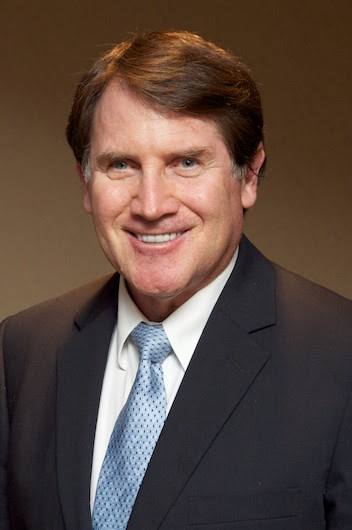The latest critical DTC story just appeared in Ad Age on 9/12. It deserves comment because it seems off base. In the title it says big pharma is using terror tactics to scare up sales. The crux of the story is how drug companies are shifting to creative approaches using scare tactics in their ads.
The article cites several examples in the vaccine area for meningitis, whooping cough, anaphylactic shock, and HPV. I take issue with the tone of the article that drug companies are taking a new approach that scares people. These vaccines are meant to prevent life threatening illness and the consequences of not vaccinating can be deadly.

“There is no new trend to using scare tactics.”
-Bob Ehrlich
The reporter says that drug ads used to be more cheerful. I guess that is referring to beach scenes, mountains, wheat fields that many had used to show satisfied patients. There were such ads but the idea that drug ads have evolved from cheerful to scary is false. There were ads for drugs in the 90’s that showed wheat fields and others that showed more somber scenes meant to be scary. Ads today also vary greatly from cheery to somber.
Drug ads are meant to motivate discussion with doctors. A scary disease caused by failure to get a vaccine deserves a sober assessment of the situation. Showing a person dealing with a life threatening allergy shows reality. Meningitis can kill, and HPV can cause cancer. Advertising deadly consequences is meant to be scary. The ads referred to as cheerful were those for conditions that were bothersome, but not deadly, such as allergy ads.
The writer, citing industry experts, says that drug companies are using scare tactics as a way to justify high prices. While EpiPen may be high priced, no one can dispute that a child that cannot breathe from an allergic reaction needs a rapid solution. Price has nothing to do with the advertising showing the dire consequences of being without the EpiPen. Would Mylan make a cheerful ad if the drug cost $100 vs. $500?
Drug ads are meant to motivate action. Showing what can happen when not vaccinated is not fear mongering. I have been reviewing DTC ads for over 20 years and there is no new trend to using scare tactics.
Ads have always reflected the seriousness of the disease treated by the drug. Toe fungus and seasonal allergy commercials can have a lighter tone than HIV or heart failure ads. While it is true that many of the ads cited do scare people, there is no happy way to say Meningitis shots are needed. I do not support unjustified fear based ads. I do not agree that any of the current ads are fear mongering or falsely amplifying the consequences of non-treatment.
There are more vaccine ads on the air now than in the past. That could be why the author sees this as a trend in advertising fear. Today DTC ads reflect a wide variety of creative devices that run the gamut of emotions. Fear is one of those emotions used but is certainly not new or a tactic to justify premium prices. Of course advertising analysis is somewhat subjective so those experts who see a shift towards fear can find examples to make that case. I would like to see more evidence before I can begin to agree that any shift has taken place.


As the market becomes more competitive, and more resistance is experienced from the consumer, pharmaceutical marketing has adjusted its methods in tune with what the results are of studies, which show that fear based marketing is hugely effective if done right(in business, being ethical or moral has nothing to do with the bottom line as long as it is legal). No wonder the AMA wants to stop DTC marketing even if it might impact on their prescription habits. There are three studies that stand out in this regard that could well have been a blueprint for the pharmaceutical trade: “The science of sharing and the sharing of science” (http://www.pnas.org/content/111/Supplement_4/13642.full.pdf) – Make it emotional—ideally triggering emotions like anger, anxiety or awe that tend to make our hearts race; “Appealing to Fear: A Meta-Analysis of Fear Appeal Effectiveness and Theories” (https://www.apa.org/pubs/journals/releases/bul-a0039729.pdf) – fear appeals work, they’re more effective when recommending a one-time behavior; “Fear appeal theory” (http://www.aabri.com/manuscripts/11907.pdf) – fear appeals work when you make the customer very afraid and then show him or her how to reduce the fear by doing what you recommend.